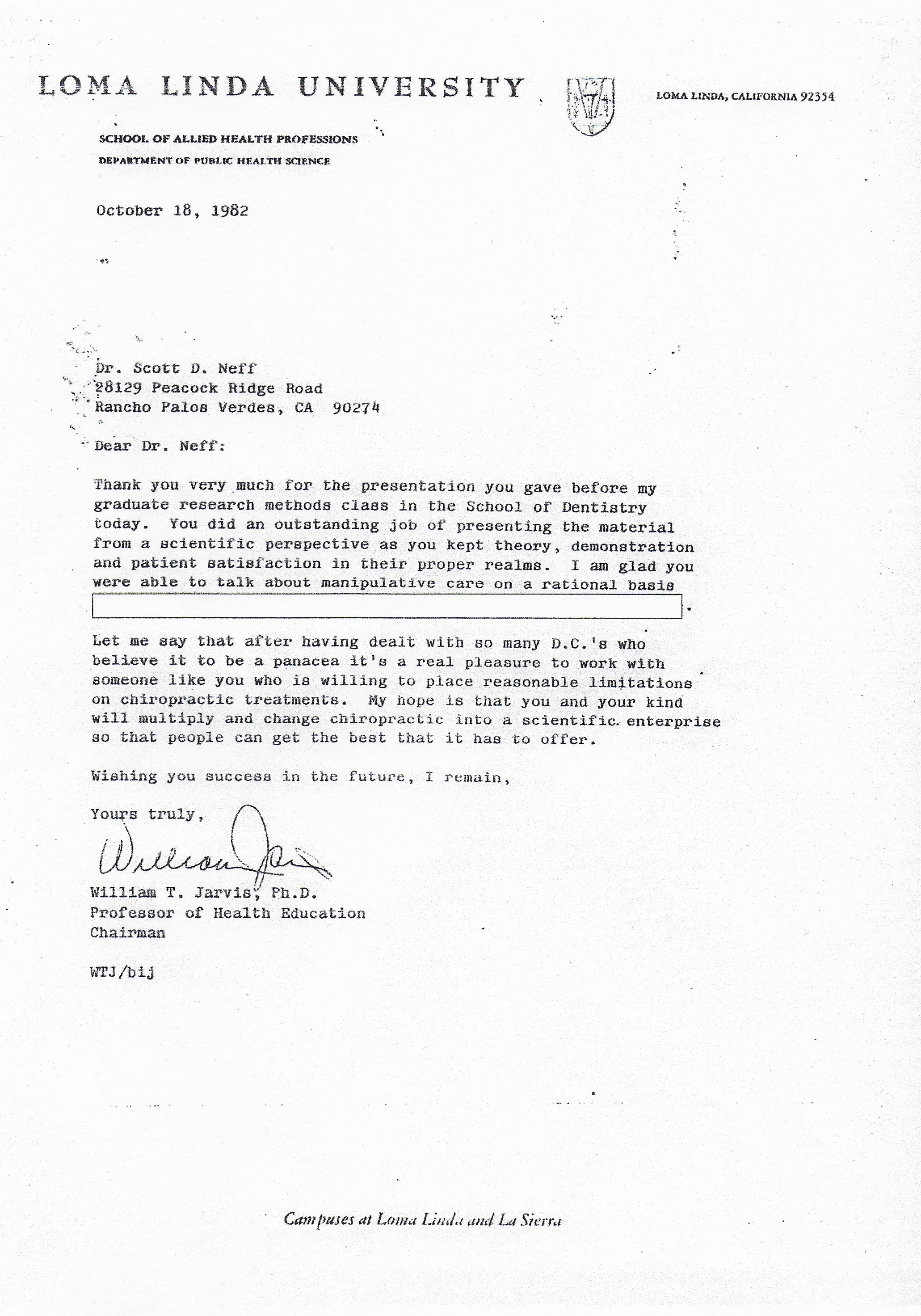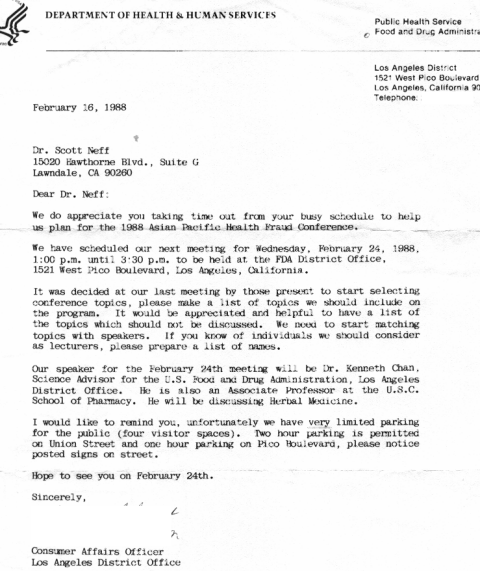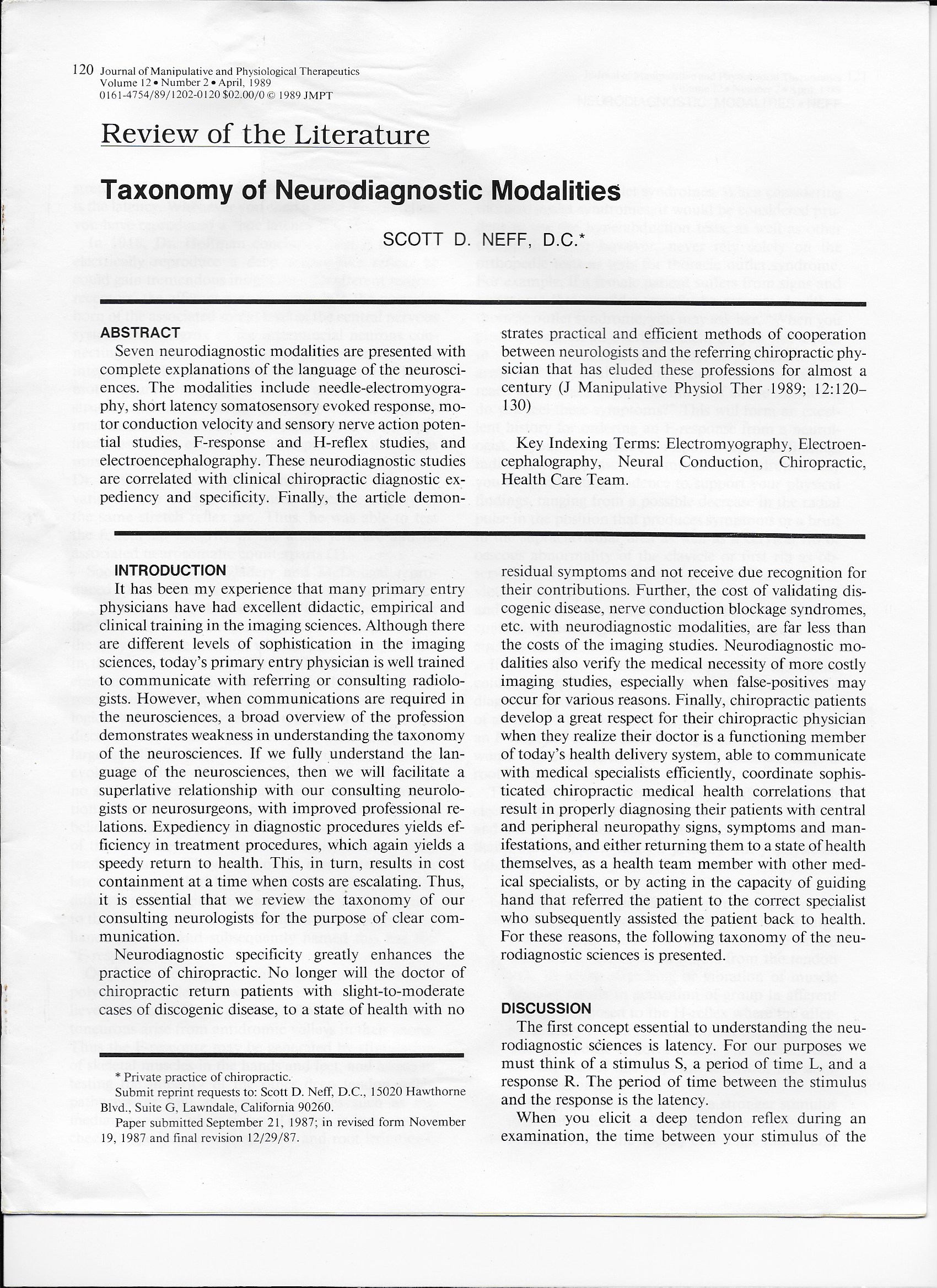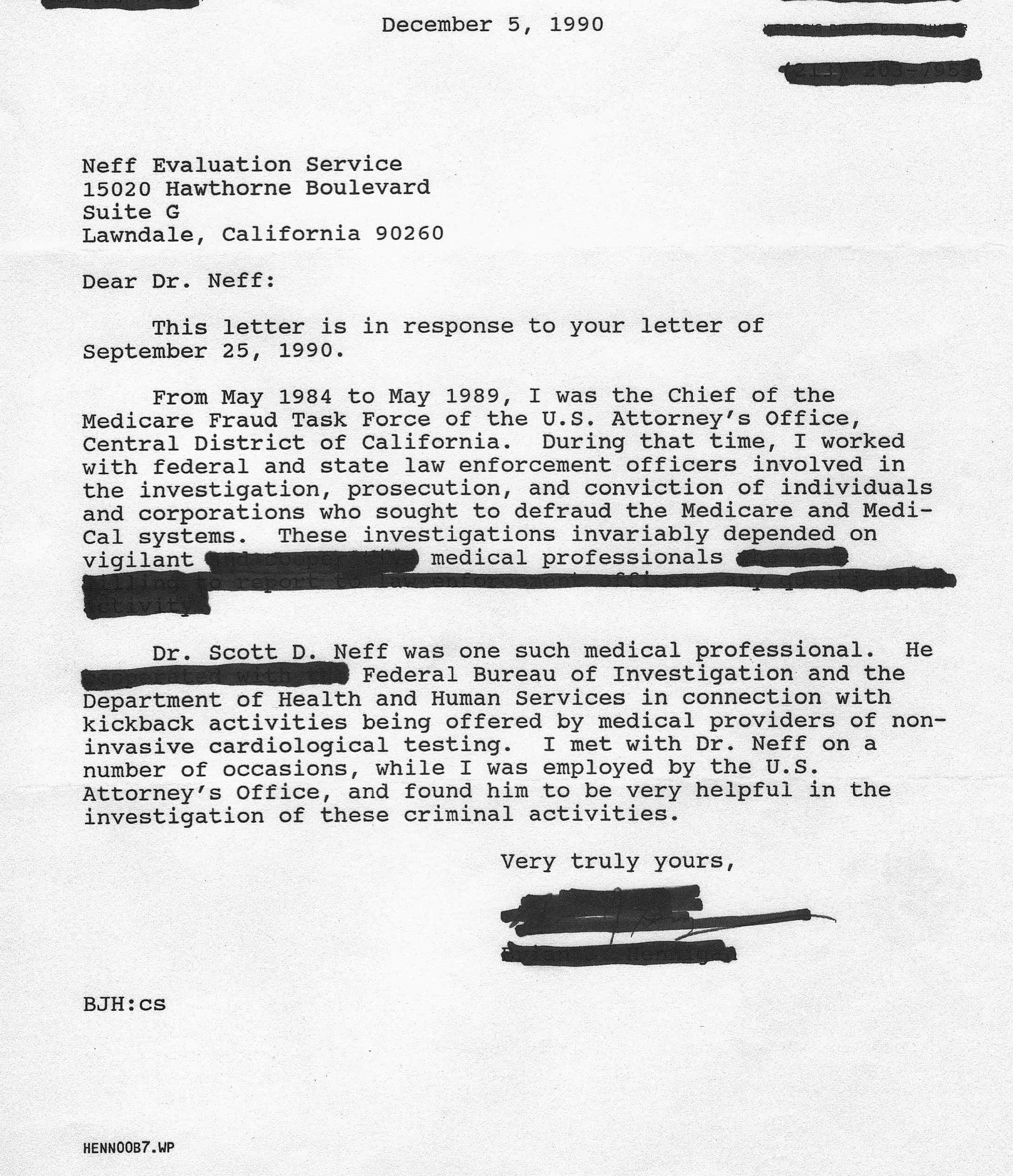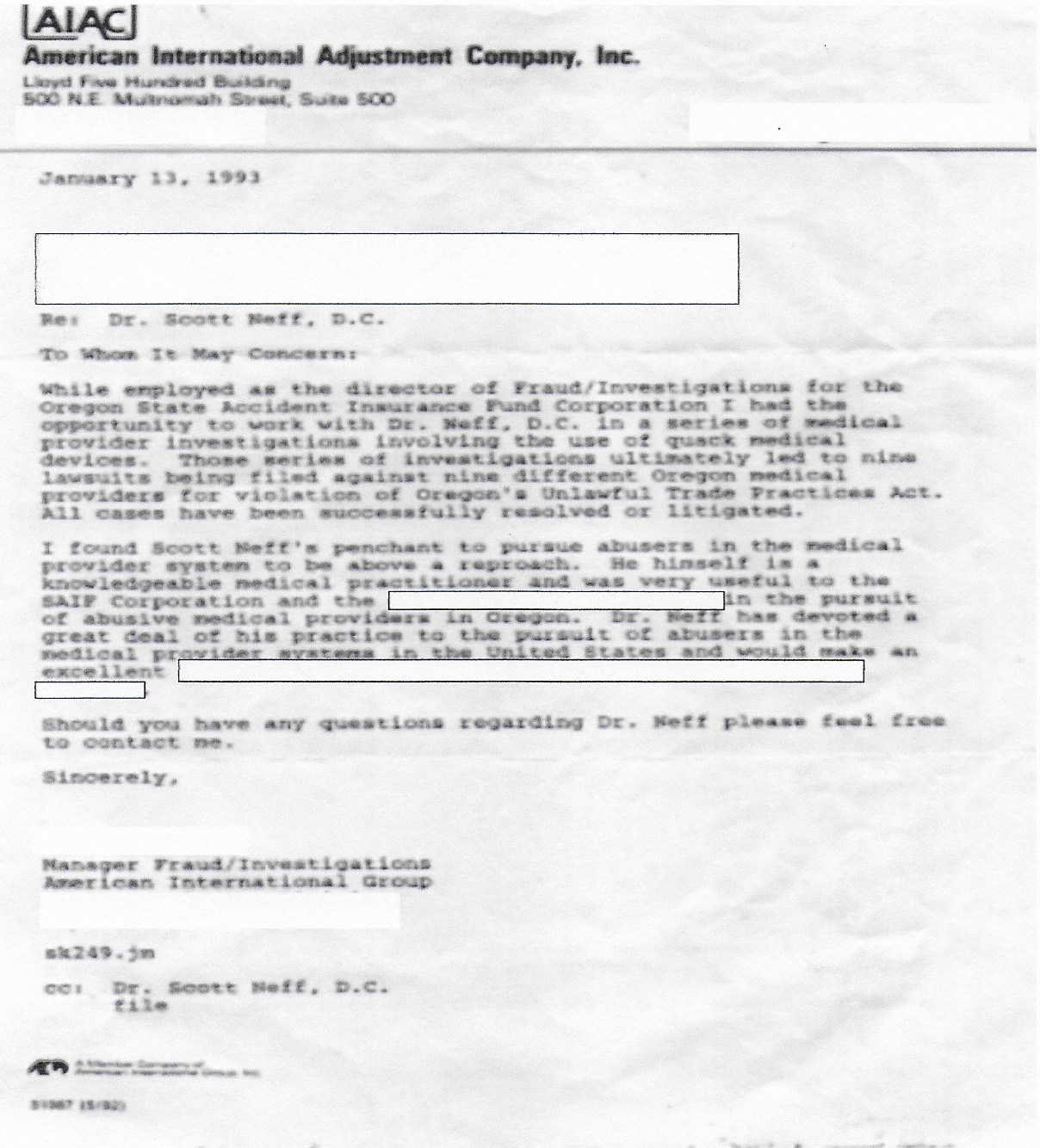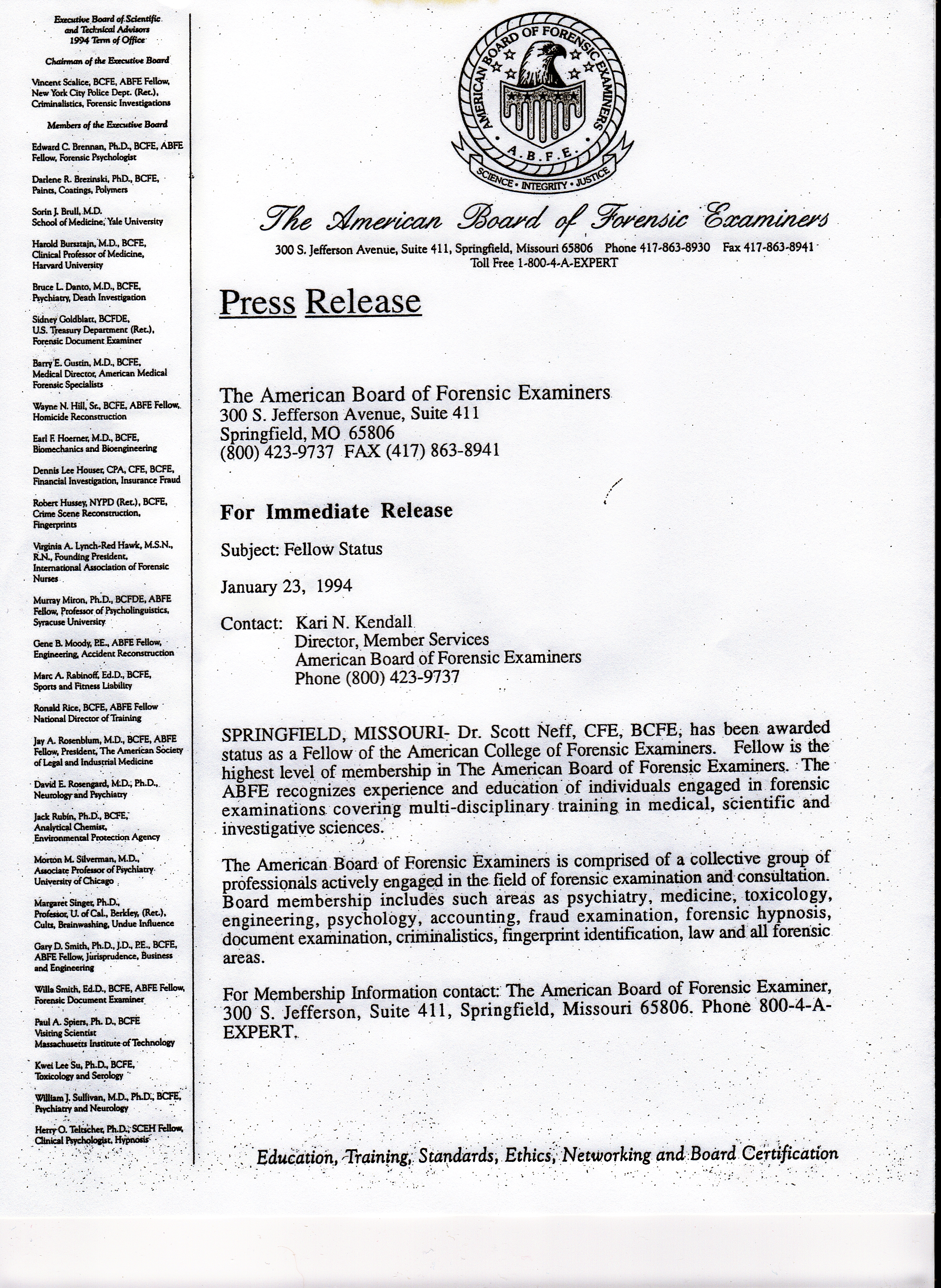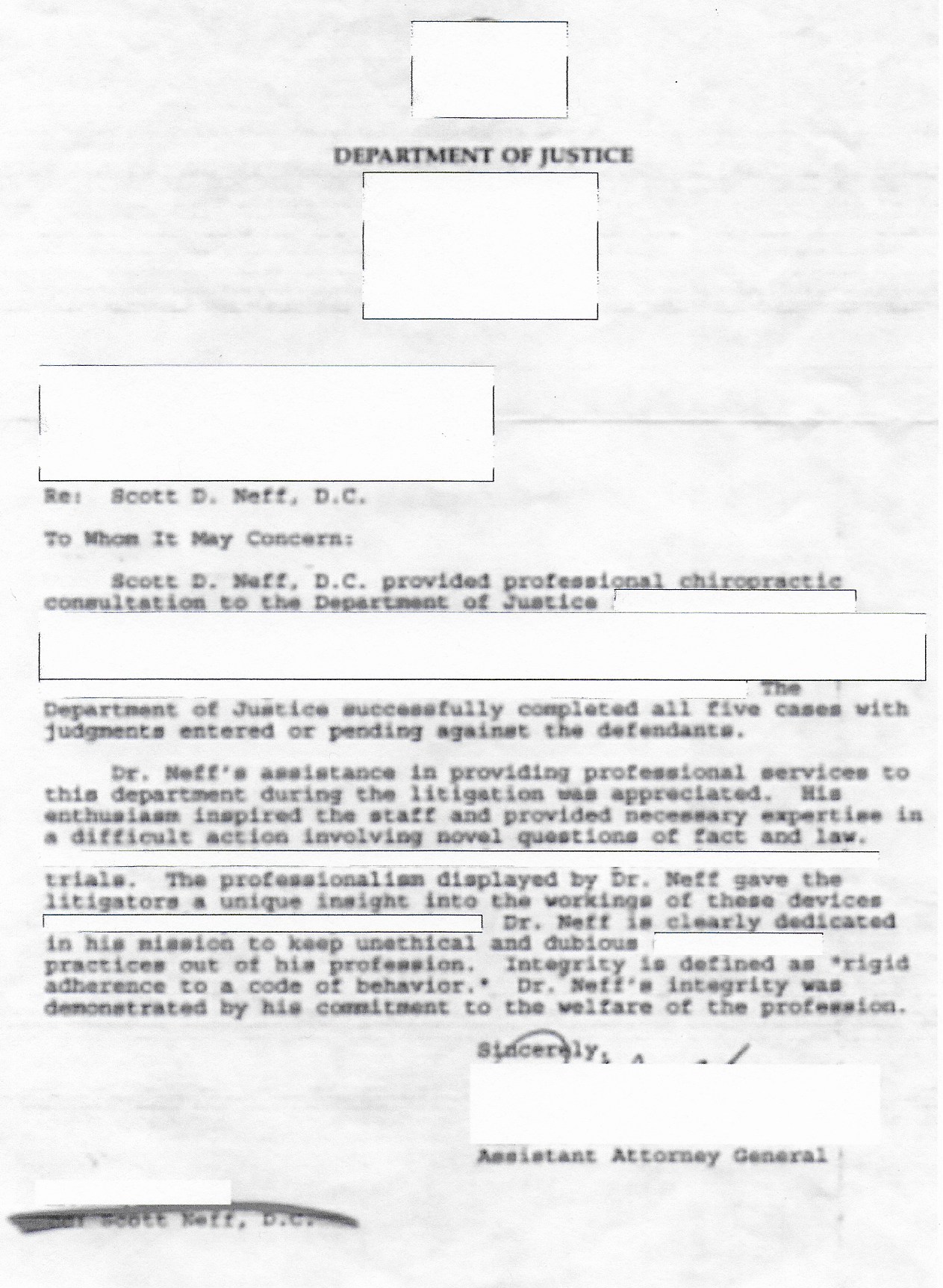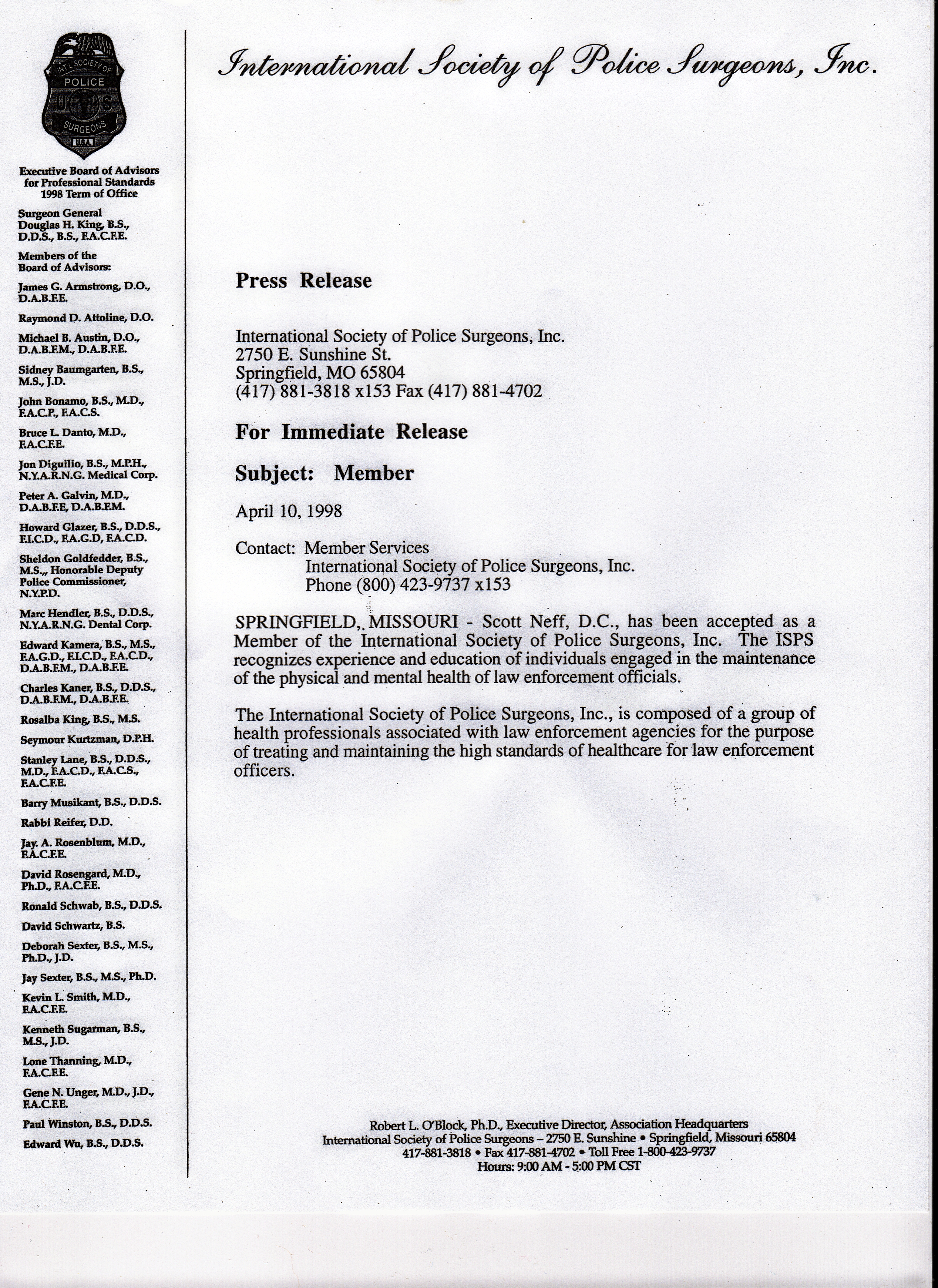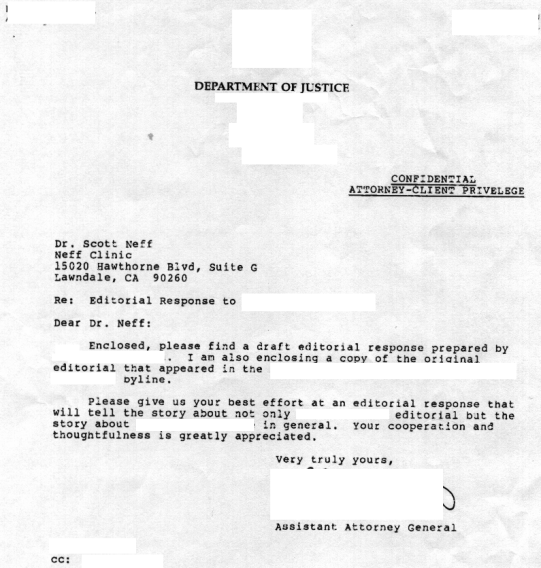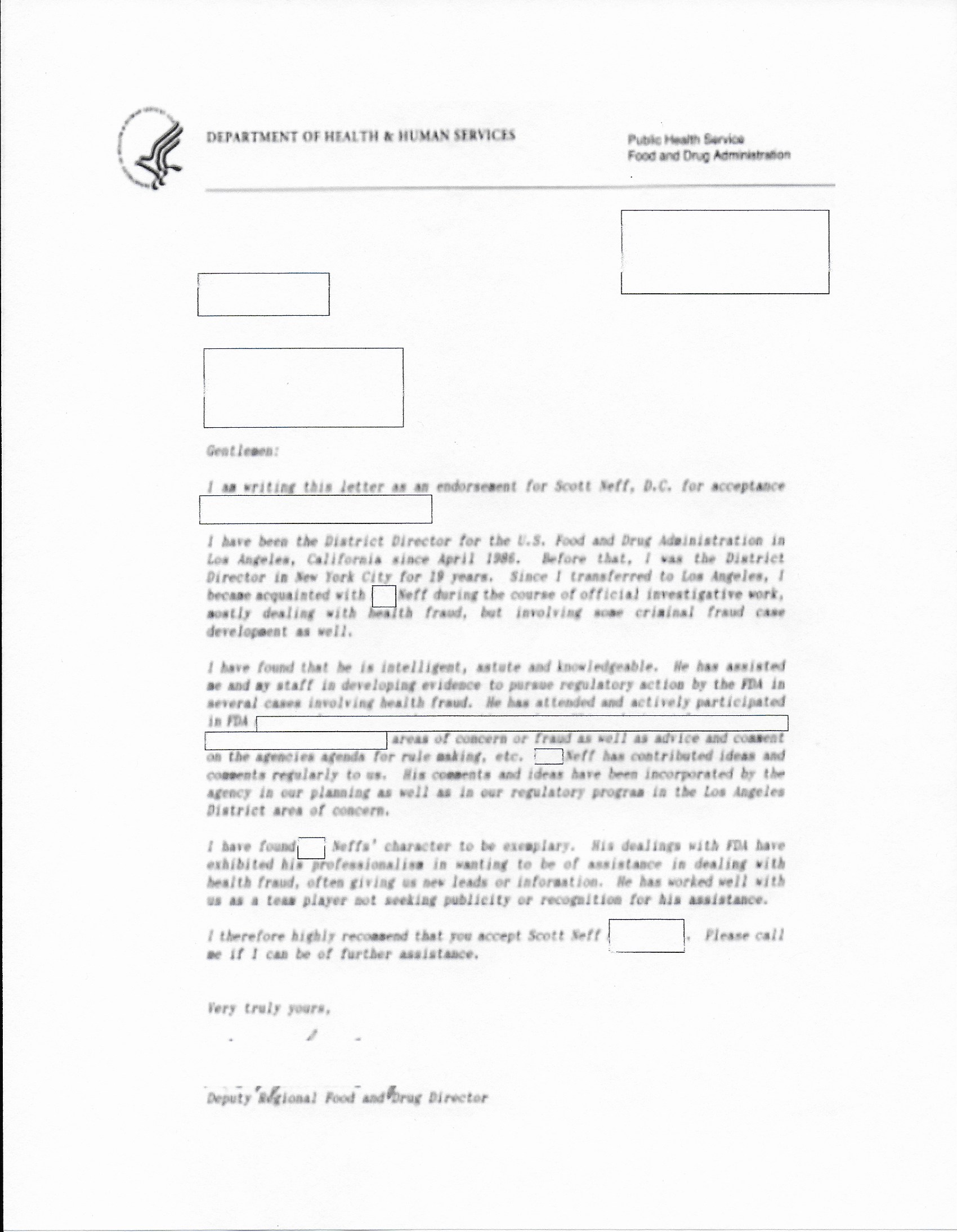Principles of Arson Discovery Standing the Test
of Judicial Review ©
Arson is a heinous and most aggravated offense, for it not only endangers human life
and the security of habitations, but it evidences moral recklessness and depravity in the
perpetrators. Many times Arson is committed to cover a murder!
Headlines such as "Oil Refinery Destroyed-Arson Suspected," "Fire Bug
sets sixth church ablaze," "Fourth Restaurant in county destroyed by fire this
month," and "Bigotry seen as possible cause of Arson" is frequently seen in
the daily press.
Arson investigators are in a unique position in that the corpus delecti of the crime is
not usually visible, and when it is, it must be preserved until the investigator arrives.
He must be qualified to present expert testimony in the Courts as to his/her opinion that
the fire was one of the incendiary nature - that is, deliberately set by human hands. This
places a great responsibility on the police and fire personnel at the fire scene. The
evidence proving the corpus delecti of an incendiary fire must be "protected".
The unique circumstances surrounding this crime follow:
- Unlike the crimes of burglary, robbery, theft, and other offenses, the motives of the
arsonist are hidden and difficult to identify. There are a number of reasons why people
will commit this crime (e.g. Insurance).
- The crime itself is unusually difficult to identify. The fire often destroys evidence.
In addition, the criminal is generally a law-abiding citizen having no previous arrest or
criminal record and many times it is the person who has monetary involvement with the
property.
- The instruments needed to commit the crime - matches, cigarette lighter, and candle,
purchased and legally carried on the person. Thus, unlike the robber who is seized before
or after his crime and arrested for carrying a deadly weapon or possessing the proceeds of
his crime, the arsonist can pass undetected, even if the "tools of his trade" is
found in his possessions.
- Finally, the only time a crime pattern may be used to arrest the arsonist is when it is
the work of a pyromaniac or "fire bug.' This mentally ill person usually operates in
the same general area of a community. It is the manner in which he starts fires which, are
used to tie him to more than one case of arson.
AN ATTEMPT TO HIDE A CRIME: Occasionally, a criminal attempting to destroy or to
conceal his activities commits arson. Typical of these is:
- The dishonest employee resorting to arson in order to hide the theft of merchandise or
to destroy records to conceal thefts of company funds. In this latter instance, if the
financial records are not completely destroyed, the pages that may furnish evidence
against the embezzler are completely burned or missing.
- The burglar starting a fire to conceal the loss of the property stolen.
- The murderer setting fire to a dwelling or to a structure to hide his crime.
ARSON DEFINED: Originally common law defined arson as the willful and malicious
burning of a house or the outbuilding of another only if the dwelling were occupied. While
occupancy was one of the elements of the crime, it was not necessary for the occupants to
be in at the time of the fire. The outbuildings were included in the definition, only if
they were located close enough for the flames to present a danger to the occupants of the
house. Common-law classified arson as a crime against the security rather than property.
The occupant would, therefore, not commit arson by burning the house in which he lived and
would be tried as misdemeanors.
Recognizing the weakness of the common law, statutory laws were enacted which included
the burning of one's own building or other structures as arson. Many of the provisions
were adopted by various states. These include the following:
- The intentional burning of any building or outbuilding, whether it is occupied or not.
- The burning of personal property in excess of an amount designated by the individual
state, that is the property of another.
- Property of any sort, regardless of ownership, that is burned with the intent to defraud
an insurance company or family inheritance.
- Attempted arson is considered as the arranging of combustible material to ignite a fire
with the intent to burn a building for personal profit. No overt act was necessary to
prove the crime.
- The accessory that aided and abetted the arsonist was liable to prosecution.
THE CORPUS DELECTI: A fire is considered to be accidental in origin until
evidence proves otherwise. The investigator's first task is to demonstrate that a crime in
fact was committed. Corpus delecti is established by showing the following:
- Burning occurred: The evidence must show that there was a fire. This may be ascertained
by the testimony of the complainant, firemen, or the first officer to arrive on the scene.
Physical evidence showing that the fire occurred will also be introduced, including
photographs or portions of burned material.
- The Fire was Willful in Nature: It must also be shown that the fire was knowingly
started. This can be established by introducing into evidence an actual incendiary device
found at the scene or a portion of such an igniting device; laboratory reports of the
unusual presence of accelerants - gasoline, or kerosene fumes; photographs of visible fire
trails, and so forth. The testimony of expert witnesses showing that the fire could not
have been of an accidental nature, and that the wiring, the heating system, or the
structural components of the building were sound and could not have caused the fire.
PROVING THE CRIMINAL: After establishing the corpus delecti, the investigator
must introduce evidence to show that the suspect committed the crime with criminal intent.
Intent may be proven by showing that the interior of the building was in some manner
altered, to either accelerate the burning rate (e.g. through the venting provided by
breaking certain windows or making other openings), or to delay the discovery of the fire
(by locking doors, covering windows and the like). Criminal intent may also be established
by showing that the occupant failed to turn in an alarm or extinguish the blaze when he
had an opportunity to do so. The motive or incentive to commit the crime need not be
proven, but it is useful in assisting to establish intent, which is the will to start the
fire.
THE PROTOTIPICAL ARSONIST: The known arsonist is generally, a young person,
under twenty-one years of age. A survey of arrested arsonists shows that 65.2 percent of
these persons arrested for this crime were Juveniles (under 18 years of age), while almost
three quarters of those arrested (73.4 per cent) were under twenty-one years old. Fires of
an incendiary nature are also ignited by persons seeking economic gain, attempting to
conceal a crime, revenge, intimidation and by the pyromaniac.
ARSON FRAUD FIRES: Fraud fires are started to destroy or damage property in
order to collect insurance, as a means of preventing a serious financial loss, to
terminate an unprofitable lease, to rebuild or refurbish an old or outdated structure
(home, building, business and so forth) and for any other reason that will bring monetary
gain. The arsonist may be the proprietor or the operator of a business. He may be a person
totally unrelated to the fire victim - and HMO/PPO adjuster or a contractor seeking
additional work, salvagers, etc. The arsonist may also be an investor in an unprofitable
business. The examiner investigating the cause of a business, commercial, or non-home
entity, must be on the alert for indications of excessive fire insurance coverage and if
the premium payments that were about to come due. Inquiries need also to be made to
determine if the business or entity was on a sound financial base, and if the operator and
anyone connected with the management or administrations of the business has a past history
of business ventures destroyed or damaged by fire. Many times the examiner must extend the
investigation to determine if any member of the corporation, a partnership, or church,
stands to gain financially from the fire. One common fraudulent practice is to insure the
stock actually in existence at the time the policy is obtained. After the insurance is
secured, the store inventory is reduced, either by conducting a bogus sale or by removing
the merchandise to another location. Following the fire, a claim is submitted to cover the
cost of the stock that was allegedly lost and conversely, the prospect of sustaining a
financial loss due to over-stocking certain merchandise may cause a business operator to
set fire to his place of business. This is known as a trade or business fire after which
the businessman then sells the unwanted goods that are smoke, fire or water damaged to the
insurance company as adjustment for his losses. Another type of incendiary fire used for
monetary gain is the burning of a dwelling or a structure to terminate a lease. This type
of fire is not uncommon in deteriorating or changing neighborhoods. With the reduction in
revenue, the rent suddenly becomes a financial burden and the tenant finds himself trapped
by his lease...arson is then his solution to his problem.
A MEANS OF INTIMIDATION: Arson is the tool of the extortionist and racketeers of
various sorts - labor and organized crime, or simply used by one businessman against
another as a means of obtaining demands. Usually labor disputes or arson from the attempts
of a syndicate-controlled business to expand into other commercial fields is difficult to
solve, as this crime is the work of professional criminals. Another example of arson used
for intimidation is the mysterious residential fires or "bombings" in
communities experiencing racial or ethnic conflicts. Flames engulfing a home in the dead
of night can carry a strong message that will tend to curb the liberal zeal of a member of
the majority group, just as they can discourage and frighten members of a minority group
from "moving in" a previously restricted neighborhood. In these cases, members
of known radical groups must be closely investigated. I must limit this subject due to
e-mail constraints.
-- Dr. Scott D.Neff,
DC, DABCO, FFABS, DABFE, CFE.
